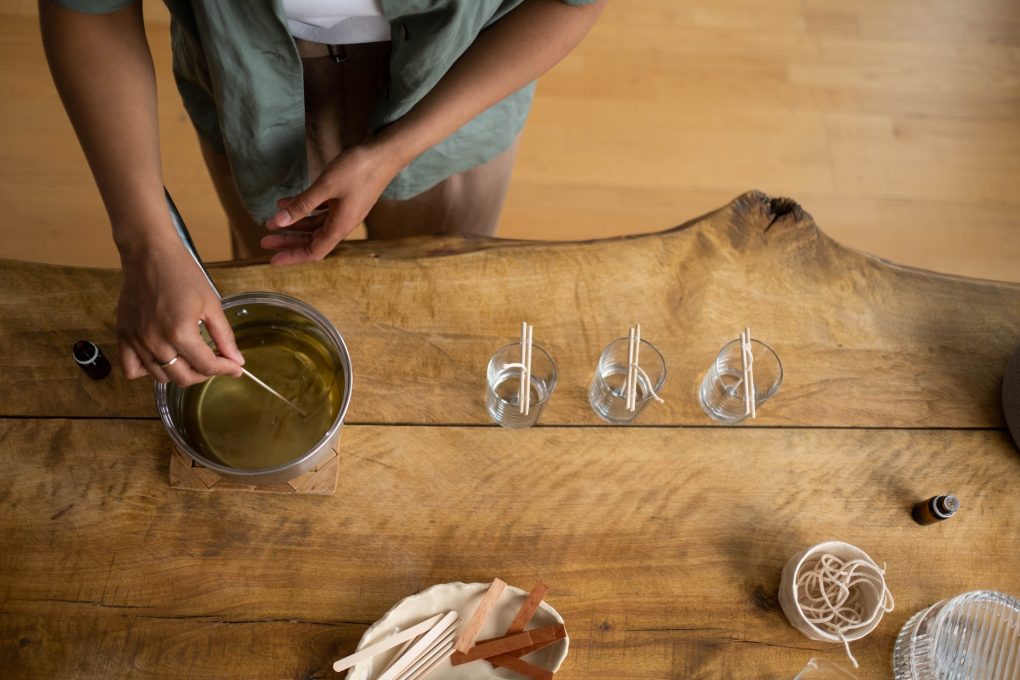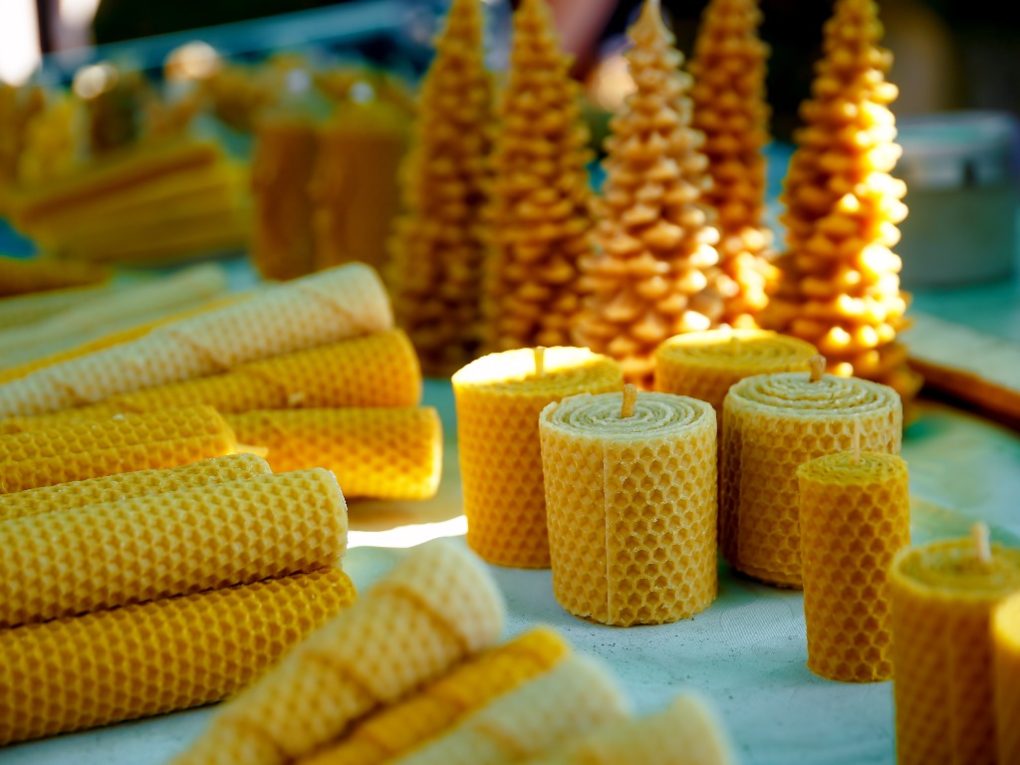Melting wax on a hot plate is achievable. Prioritize safety due to the risks of working with hot wax. Use a heat-resistant, non-flammable container. Avoid plastic, as it can melt or ignite. A double boiler setup is recommended to prevent overheating or fire.
Tips to Melt Wax on a Hot Plate
Preparing the Hot Plate
Prior to melting wax on a hot plate, ensure the hot plate is properly prepared.
Setting Up the Wax Melting Container
From practical experience, selecting the right wax-melting container for your hot plate is key. Opt for a metal container; it’s heat-resistant and durable. Position the container on the hot plate and add your wax. Stir regularly for consistent melting and to avoid overheating.
Melting the Wax
After placing the wax in the container, activate the hot plate and allow the wax to liquefy. Consistent monitoring and stirring are key to avoid burning and promote uniform melting. Once fully melted, the wax is ready for candle creation or other uses.

melting wax on a hot plate requires caution due to potential hazards. Protect yourself with gloves and eye protection when handling hot wax. Never leave a hot plate unattended during the melting process.
Also, always use a thermometer to check the wax temperature. This prevents overheating. Overheated wax is a fire hazard. Safety is key when melting wax on a hot plate.
Types of wax That Can Be melted on a Hot Plate
Paraffin Wax
Paraffin wax remains a favored option for candle creators due to its cost-effectiveness and user-friendliness. This wax, sourced from crude oil, is a petroleum-based product. Its melting point is higher compared to other waxes, potentially requiring more time to melt on a hot plate.
Melting paraffin wax on a hot plate remains feasible. Set the temperature to 200°F. Then, put your melting pot on the burner. Once the wax fully melts and hits at least 185°F, it’s perfect for crafting candles.
beeswax
Beeswax, a natural wax from honeybees, boasts a delightful honey aroma. It’s a popular choice for high-end candles. Beeswax melts at a lower temperature than paraffin, making hot plate melting simpler. For hot plate melting, use a double boiler or melting pot. Set the temperature to 150°F. Place the pot on the hot plate and stir occasionally until fully melted.

Soy Wax
Mojo Candle states that soy wax comes from soybeans. This makes it a sustainable and biodegradable option for candles. Soy wax has a lower melting point than paraffin. This makes it simple to melt on a hot plate. Set your hot plate to 150°F to melt soy wax. Then, put your melting pot on the burner. Stir the wax occasionally until it’s fully melted.
Gel Wax
Gel wax, a clear wax type, is popular for making visually appealing container candles. It consists of mineral oil and polymer resin. It also melts at a lower temperature compared to paraffin wax. To melt gel wax using a hot plate, set the temperature to 150°F. Then, put the melting pot onto the hot plate. Stir the wax occasionally until it’s fully melted.
Safety Precautions When melting Wax on a Hot Plate
Wearing Protective Gear
Always prioritize safety when melting wax on a hot plate. Protect yourself from burns and injuries by wearing heat-resistant gloves, long sleeves, and closed-toe shoes.Safety goggles are also crucial to shield your eyes from wax splatters.
Keeping the Area Clean and Uncluttered
prior to heating wax on a hot plate:
Using the Hot Plate Correctly
Always adhere to the manufacturer’s guidelines when using a hot plate to melt wax. Ensure you operate the hot plate correctly. Never go beyond the wax’s recommended melting temperature. Never leave a hot plate unattended during operation. Once done,switch off the hot plate. Let it cool completely before cleaning it.
To reduce the chance of injuries and incidents while melting wax on a hot plate, follow these safety measures. Always be careful and take needed actions for a safe and successful candle-making process.
